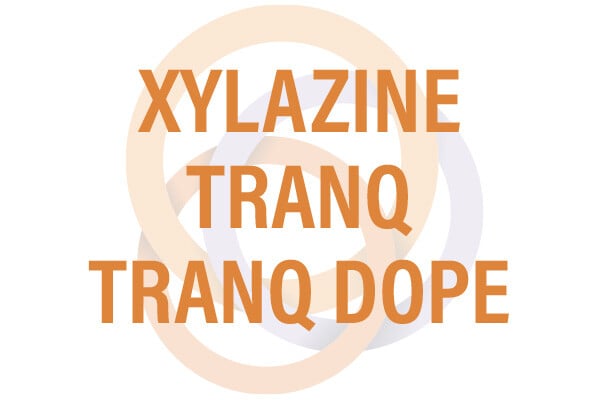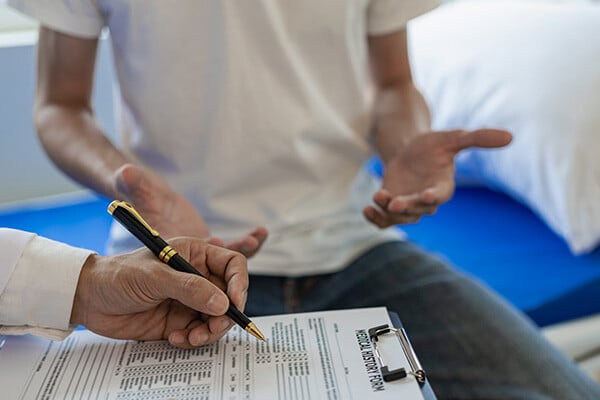
Let's Be Clear:Xylazine
- Understanding Substances
- Xylazine
What is Xylazine?
There’s a new and dangerous substance beginning to affect South Dakota. Xylazine, also known as tranq or tranq dope, is an animal tranquilizer and depressant that’s not approved for human use. It’s being mixed with fentanyl, making an already dangerous situation even worse and increasing the risk of overdose.

Let’s Be Clear:
Xylazine is extremely dangerous.
The Dangers
When xylazine and opioids mix, the results can be deadly. This combination slows brain activity and can cause severe respiratory depression or arrest. The effects can even stop breathing altogether, leading to coma or death.
But the risks don’t end there. Xylazine has harsh side effects that affect your body both inside and out. Injecting this substance can cause open sores that don’t heal and raw wounds that can lead to severe skin infections, amputation or death.
Xylazine kicks in within 1–2 minutes and can knock you out for up to 4 hours. People often black out unexpectedly, becoming easy targets for assault and robbery or passing out in dangerous places or positions.
Xylazine
Overdose Information
People may not know that they have taken xylazine. Signs of a xylazine overdose or accidental poisoning include heavy sedation, slow breathing, slow heart rate and blue or gray skin.
*Note: Because xylazine is a sedative and not an opioid, it resists standard opioid overdose reversal treatments like Naloxone. But because xylazine and opioids are often mixed, it is still advised to administer Naloxone.
If you think someone is overdosing on xylazine:
1. Call 911 Immediately2. Follow Dispatch Instructions.
3. Administer Naloxone.*
4. Inform EMS about possible xylazine involvement.
5. Try to Keep the Person Awake and Breathing
6. Lay the Person on Their Side to Prevent Choking
7. Stay with the Person Until Emergency Assistance Arrives
Tips for Providers
Illegal substances have evolved and are more dangerous than ever. Since illegal substances don’t come with labels, make sure your patients know that xylazine is out there. Clear communication can help keep everyone safe.
Always ask about any wounds at each visit — especially those that aren’t healing, any mysterious skin ulcers or unexplained sores. Xylazine is tough to detect, and your patients might not even realize they’re taking it.

Xylazine
Wound Care
When it comes to wound care, being proactive is key. Even wounds that seem harmless can become seriously infected if left untreated. Look out for symptoms like swelling, redness, fever, fluid and pus, bad odor and wounds that are getting bigger.
Here’s how to handle wounds caused by xylazine:
1. Keep it Damp: Make sure the wound stays moist, at a stable temperature and covered.
2. Clean Regularly: Use soap and sterile water to clean the wound.
3. Apply Antibiotics: Add antibiotic ointment to prevent infection.
4. Cover and Change: Cover the wound and change dressings daily.
5. Monitor for Infection: Keep an eye on the wound for any signs of infection.
If symptoms develop or worsen, seek medical attention immediately. Staying on top of wound care can prevent serious issues.


